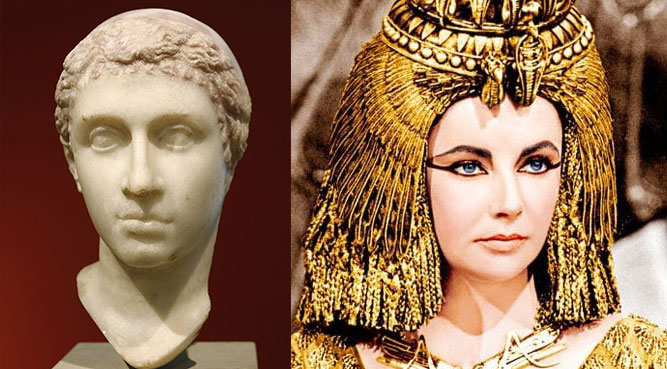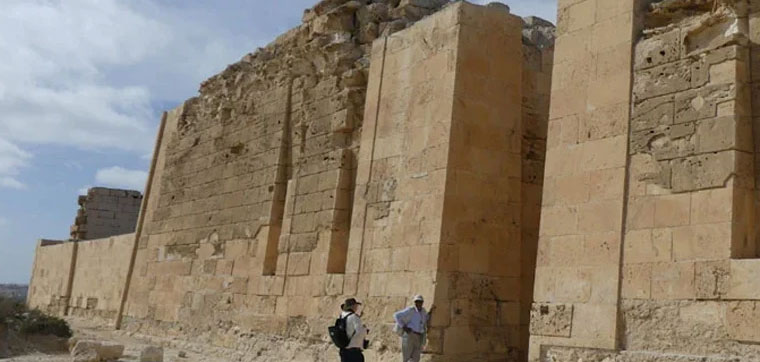
Quick Facts
| Attribute | Details |
|---|---|
| Full Name | Cleopatra VII Thea Philopator |
| Known As | Cleopatra, Cleopatra VII |
| Title | Queen of Egypt |
| Greek Meaning | “Famous in Her Father” |
| Full Title Translation | “Cleopatra the Father-Loving Goddess” |
| Date of Birth | 70/69 BCE |
| Date of Death | August 30 BCE |
| Place of Death | Alexandria |
| Notable Family Members | – Spouse: Mark Antony – Son: Ptolemy Philadelphus |
| Role In | Battle of Actium |
| Notable Relationships | Lover of Julius Caesar and later wife of Mark Antony |
| Rise to Power | Became queen on the death of her father, Ptolemy XII, in 51 BCE |
| Co-rulers | – Ptolemy XIII (51–47 BCE) – Ptolemy XIV (47–44 BCE) – Ptolemy XV Caesar (44–30 BCE) |
| End of Reign | Committed suicide after defeat by Octavian, leading to Egypt falling under Roman domination |
| Historical Significance | Influenced Roman politics and became a symbol of the romantic femme fatale |
| Macedonian Dynasty | The last queen of the Macedonian dynasty that ruled Egypt from 323 BCE to 30 BCE |
| Cultural Assimilation | Styled herself as the new Isis, distinguishing herself from earlier Ptolemaic queens |
| Iconography | Coin portraits show her with a sensitive mouth, firm chin, liquid eyes, broad forehead, and prominent nose |
| Early Reign | Forced to flee Egypt for Syria, raised an army, returned in 48 BCE to face her brother at Pelusium |
| Alliance with Caesar | Became lovers with Julius Caesar, and used his support to solidify her reign |
| Caesarion | Gave birth to Ptolemy Caesar (Caesarion) in 47 BCE, possibly fathered by Julius Caesar |
| Visit to Rome | Paid a state visit to Rome, stayed in Caesar’s villa, witnessed the dedication of her statue in the temple of Venus Genetrix |
| After Caesar’s Death | Returned to Egypt after Caesar’s assassination in 44 BCE |

He said that during the search,
There were clues that indicated that Qalopatra’s tomb could be in the ruins of the northern coastal area of Egypt (Tapeseris Magna) and now in the next phase, the lost tomb of Queen Qalopatra will be found in this underwater structure.






